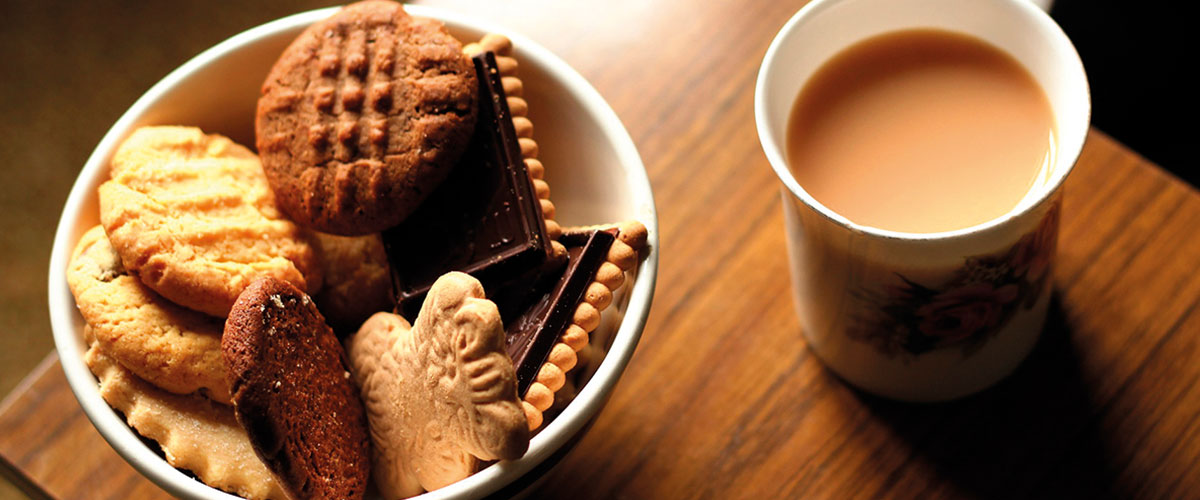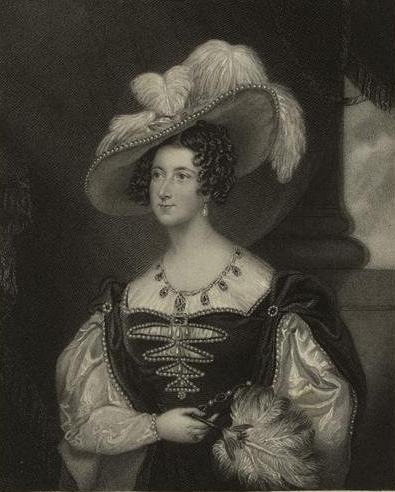
Afternoon tea, little biscuits and… court conspiracy!
«Under certain circumstances there are few hours in life more agreeable than the hour dedicated to the ceremony known as afternoon tea».
Portrait of a Lady, 1881, Henry James
Europe is the country which consumes the biggest amount of coffee in the world and Scandinavian countries are top of the list with 8/9 kg a year per inhabitant (even 12 kg in Finland).
But a little further on, in the fierce kingdom of Queen Elizabeth II, the British swim upstream and they have preferred tea for centuries. We can say such a drink is closely tied to the history of the UK ; however, the tradition of afternoon tea is quite recent.
Even if the habit of drinking tea has its roots in Ancient China and is more than 5,000 years old, in England it became popular only in 1660, under the reign of king Charles II. But it’s with Lady Anne Stenhope, Duchess Of Bedfard that we can start speaking of a real afternoon tea ritual.
Since dinner was served very late, towards 8 p.m., the Duchess was always a little peckish between lunch and dinner. Unable to wait longer, one afternoon she ordered to bring her a tray with a cup of tea, bread and butter ( another innovation of the 19th century introduced by The Earl of Sandwich ) and a cake to be taken to her room in the late afternoon.
It soon became a habit and Lady Anne, who loved the smart life of salons, suggested that her friends joined her.
This tea break was soon turned into an incredibly fashion social event . Towards the end of the century, the rules of upper society imposed a real dressing code for the afternoon tea : long dresses, gloves and hats, possibly as luxurious and as big as possible.

Anne Stanhope, Duchess of Bedford
(1820)
Tea, biscuits… and gossip!
With the tradition of afternoon tea, British upper-class women could enjoy the opportunity to meet every day and practice an activity most of them considered extremely funny: gossip.
Lady Anne was really a gossip-addicted, in fact she was involved in a true salon scandal. When young Lady Flora, the daughter of the Marquess of Hastings and companion of the Duchess of Kent, started to feel a little pain in her abdomen, the doctor of the court said she was pregnant. Since Lady Flora was not married yet, such a declaration was silenced, at least until Lady Anne and one of her closest friends, Baroness Lehzen, spreaded the word the baby’s father was Sir John Conroy, alleged lover of the Duchess of Kent, young Queen Victoria’s mother.
Was it just for gossip sake?
Not really. The reason of Lady Anne and Lady Lehzens’s dislike towards Lady Flora was much more political and pragmatic than we could expect from 3 companions: Lady Flora, very close to the Duchess of Kent, was part of the so-called Kensington’s System, a sort of family plot advocated by Maria Luisa to keep Princess Victoria far away from her paternal uncles.
The Baroness Lehzen, on the contrary, was the princess’s governess and had developed towards the future queen a real affection, which Victoria returned (in the future years Lady Lehzen would become her counselor, replacing her mother).
That’s why Lady Lehzen and Lady Anne didn’t pass over the occasion to hit Queen Victoria’s enemy in every salon where they had an afternoon tea.
When it was discovered that Lady Flora was not pregnant and she was suffering from a liver cancer which would bring her to death a few months later, Lady Anne, Lady Lehzen and Queen Victoria herself were heavily criticized by the English High society for having unfairly ruined Lady Flora’s reputation.
…and all this through a few biscuits and a cup of tea!
